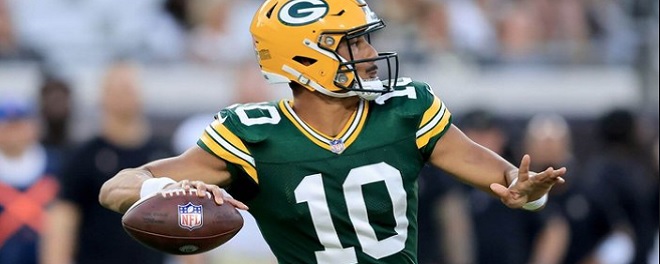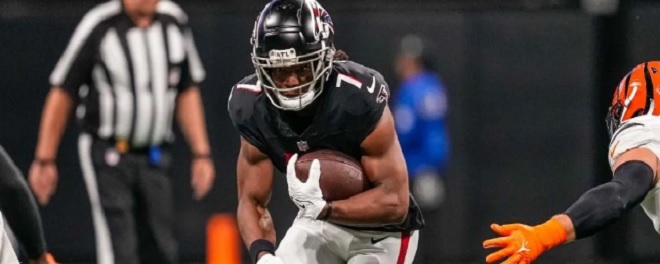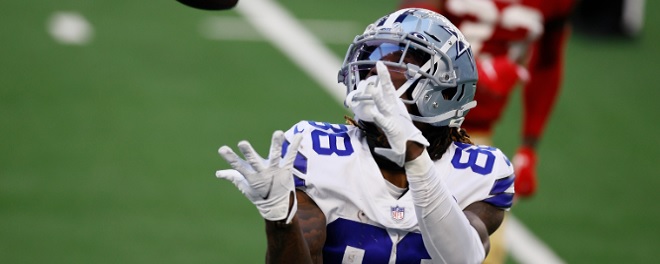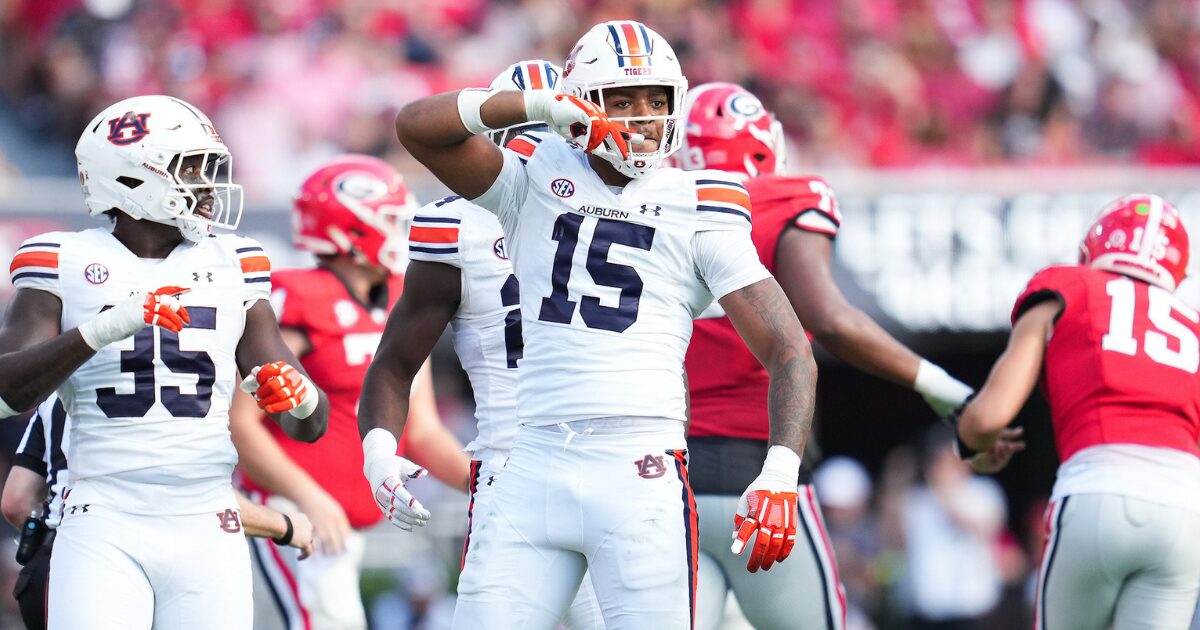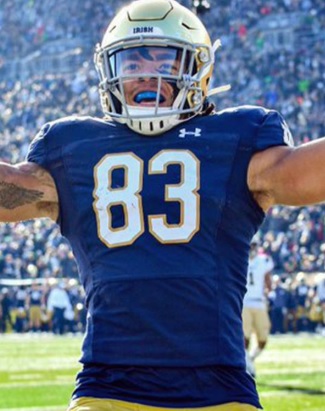 |
By Charlie Campbell
Weaknesses:
Summary: In recent years, Notre Dame has had some impressive athletic specimens at wide receiver, but it hasn’t always been easy to see what these players are capable of because inconsistent quarterback play in South Beng. Claypool is one of those players who was held back during his collegiate career. The giant wideout, however, was able to show enough to enter the 2020 NFL Draft as an early-round prospect.
In 2017, Claypool and all of the Notre Dame wide receivers were held back by inept quarterback play. Brandon Wimbush was a good runner, but terrible at throwing the ball. Claypool totaled 29 receptions for 402 yards and two touchdowns that season. A year later, Claypool notched 50 receptions for 639 yards and four touchdowns. The Fighting Irish finally did a better job of getting him the ball as a senior, when he caught 66 passes 1,037 yards and 13 touchdowns.
After the season, Claypool had a solid week of practice at the Senior Bowl and helped himself by running a faster than expected 40 of 4.42 seconds at the combine. Team sources said Claypool did not play at that speed, but his 40 definitely helped him.
Claypool projects to the NFL as a big possessional receiver who could end up being a No. 1 wideout. Obviously, the massive wideout presents a size mismatch problem, and even when he’s covered, he is open because he can uses his height, leaping ability, and bulk to box out defenders for the ball. Claypool has very good leaping ability and is able to hang in the air and has the skill to highpoint the football. He is a dangerous red-zone weapon on fade passes, and as a pro, he will be a valuable contributor near the end zone. Claypool is very dangerous on back-shoulder throws and 50-50 passes, with his large catch radius makeing him a problem for defensive backs.
On top of his size, Claypool is a dangerous run-after-the-catch receiver. Defensive backs have a hard time getting him down, and he shows a burst to get downfield. Claypool could be a good weapon on the staple routes of the west coast offense – slants, digs and crosses – to present a big target and pick up yards after the catch. He has reliable, large hands and is a natural hands catcher. As a pro, Claypool could be a high-volume receiver who produces large catch totals.
Even though Claypool ran fast for a big receiver at the combine, the big concern for Claypool in the NFL is how well he runs in games, as team sources felt he did not play as fast as the 40 time suggests in college. Claypool is not a quick-twitch, explosive, agile route-runner. Thus, he is not going to be a receiver who creates a lot of separation from NFL cornerbacks. He is going to struggle to get open against man coverage, so his quarterback is going to have to trust him, and Claypool will have to win a lot of contested catches.
If the separation issues prove to be too much of liability, Claypool could get consideration moving to tight end. If he can develop as a blocker, Claypool has the size to be a F – movement – tight end who provides mismatches in the passing game. If he moved to tight end full-time, Claypool would need to get stronger to serve as a more viable blocker.
Claypool will probably be selected by the end of the second round in the 2020 NFL Draft. WalterFootball.com knows some teams that have Claypool in consideration in the back half of the first round and some that have him in the running for a high second-round pick. Most likely, Claypool will be among the first players selected on the second night of the 2020 NFL Draft.
Player Comparison: Vincent Jackson There are a lot of similarities between Claypool and Jackson. They are big wide receivers who provide a size mismatch while also being faster than expected. In the NFL, I could see Claypool being a receiver similar to Jackson, provided Claypool pans out.
RELATED LINKS:
2020 NFL Mock Draft: Charlie’s | Walt’s
2020 NFL Draft Prospect Rankings
2020 NFL Draft Scouting Reports
NFL Picks - Dec. 25
2026 NFL Mock Draft - Dec. 24
NFL Power Rankings - Dec. 23
Fantasy Football Rankings - Sept. 1

